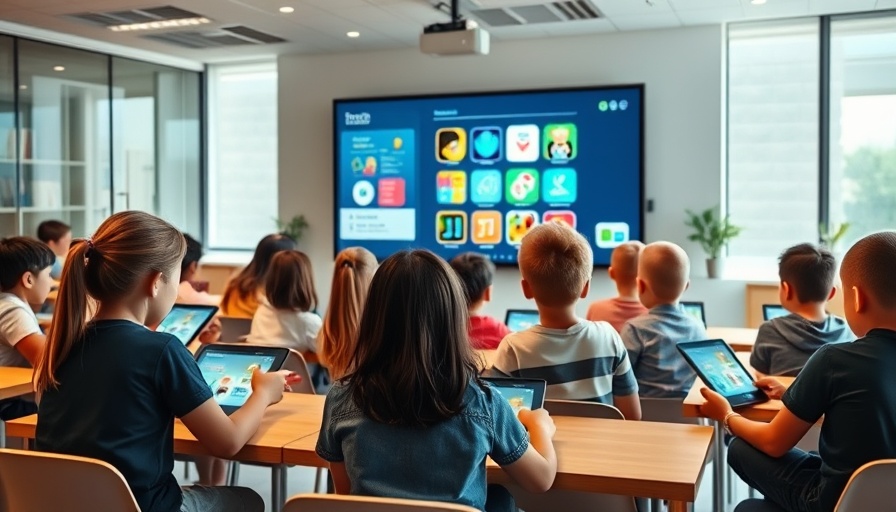
Pupils and Parents Overwhelmed by School Apps: The New Digital Divide
In an increasingly digital world, education is undergoing a profound transformation. However, this shift comes with its own set of challenges. Recent reports reveal that in Scotland, up to 902 educational apps have been approved for classroom use, leaving parents and pupils grappling to manage the overwhelming number of digital tools at their disposal. This phenomenon, dubbed as a ‘tech free-for-all’, raises critical questions about its impact on the attainment gap, a significant focus for policymakers and educational authorities.
The Digital Divide: A Growing Concern
Education experts warn that while technology has the potential to enhance learning experiences, the uneven access to these resources can exacerbate disparities between students from different socio-economic backgrounds. For instance, while North Lanarkshire boasts a staggering 902 approved apps, areas like Orkney and the Western Isles do not endorse any, effectively creating a chasm in digital learning opportunities. This situation aligns with findings from the EIS teachers’ union, which has pointed out that during the pandemic, reliance on educational apps exposed significant inequities, with some families unable to afford essential technology.
Expert Insights: The Need for A Unified Approach
Marguerite Hunter Blair, Chief Executive of Play Scotland, emphasized the need for a comprehensive review of approved apps to ascertain their effectiveness and educational value. Ensuring that these tools genuinely support learning rather than merely adding to the burdens of students and parents is crucial. Dalek analysis by the Chief Executive reflects a broader concern echoed by many in the education sector: technological solutions must secure equitable access and not contribute to the existing digital divide.
Understanding the Impact of Educational Apps on Learning
A recent UNESCO report highlighted a critical gap in impartial evidence regarding the impact of educational technology. The assertion that merely providing devices does not contribute to positive educational outcomes unless effectively integrated into teaching emphasizes the pressing need for adequate support and infrastructure. The challenges faced by areas with fewer approved apps, such as Clackmannanshire and other councils, illustrate how inconsistent access to educational resources can hinder equitable learning.
Parents and Pupils: The Human Element of Digital Education
The emotional and social ramifications of navigating this myriad of apps cannot be understated. Parents are often left overwhelmed and confused about the best tools to support their children. This anxiety is compounded for families who might already be struggling with other pressures, making it imperative for educational bodies to streamline the number of apps approved for use in schools and to ensure that parents are adequately informed and supported in utilizing these technologies.
Moving Forward: Strategies for Educational Equity
To address these growing concerns, experts advocate for a standardized approach to app approval and the adoption of best practices that prioritize inclusivity and accessibility. This includes ensuring that all councils are equipped with the necessary resources to empower all students regardless of their economic background. Furthermore, a review process for apps that takes into account their actual educational value could provide clarity and reassurance for parents and pupils alike.
Conclusion and Call to Action
The overwhelming proliferation of school apps brings both opportunities and challenges in modern education. As stakeholders, parents are encouraged to engage with their child's educational progress and advocate for policies that ensure equitable access to essential tools. Only by simplifying the digital landscape in education can we truly address the needs of all learners and close the persistent achievement gap in Scotland.
 Add Row
Add Row  Add
Add 




Write A Comment